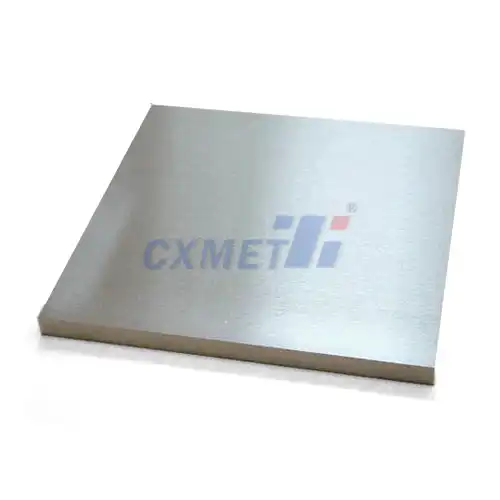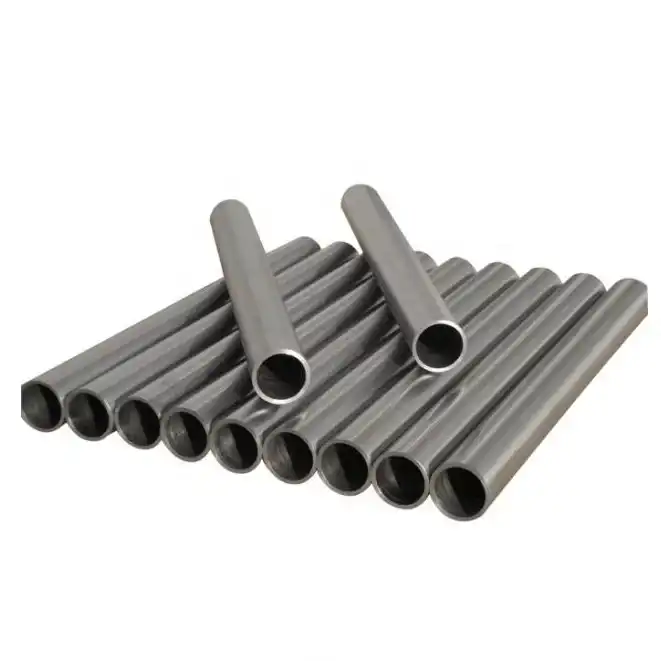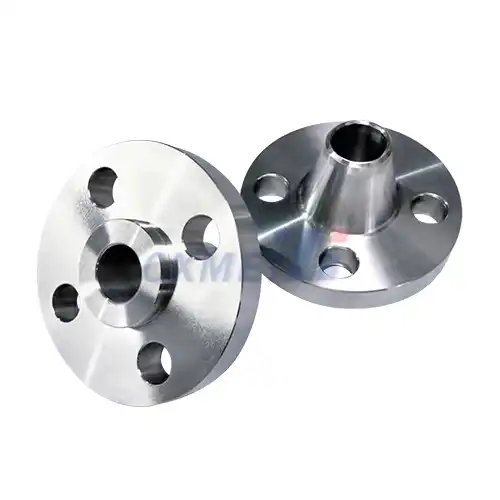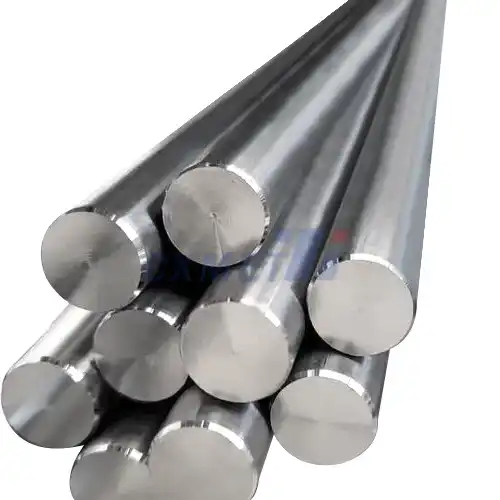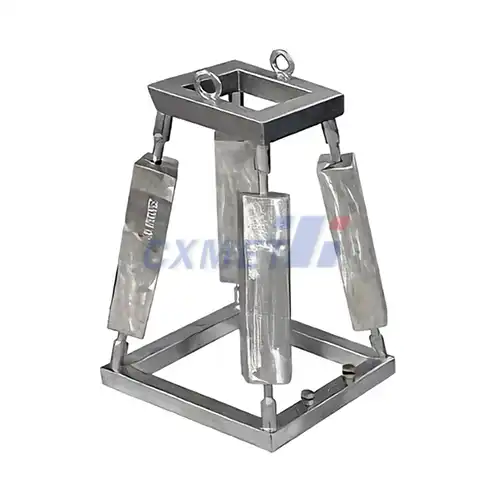- English
- French
- German
- Portuguese
- Spanish
- Russian
- Japanese
- Korean
- Arabic
- Greek
- German
- Turkish
- Italian
- Danish
- Romanian
- Indonesian
- Czech
- Afrikaans
- Swedish
- Polish
- Basque
- Catalan
- Esperanto
- Hindi
- Lao
- Albanian
- Amharic
- Armenian
- Azerbaijani
- Belarusian
- Bengali
- Bosnian
- Bulgarian
- Cebuano
- Chichewa
- Corsican
- Croatian
- Dutch
- Estonian
- Filipino
- Finnish
- Frisian
- Galician
- Georgian
- Gujarati
- Haitian
- Hausa
- Hawaiian
- Hebrew
- Hmong
- Hungarian
- Icelandic
- Igbo
- Javanese
- Kannada
- Kazakh
- Khmer
- Kurdish
- Kyrgyz
- Latin
- Latvian
- Lithuanian
- Luxembou..
- Macedonian
- Malagasy
- Malay
- Malayalam
- Maltese
- Maori
- Marathi
- Mongolian
- Burmese
- Nepali
- Norwegian
- Pashto
- Persian
- Punjabi
- Serbian
- Sesotho
- Sinhala
- Slovak
- Slovenian
- Somali
- Samoan
- Scots Gaelic
- Shona
- Sindhi
- Sundanese
- Swahili
- Tajik
- Tamil
- Telugu
- Thai
- Ukrainian
- Urdu
- Uzbek
- Vietnamese
- Welsh
- Xhosa
- Yiddish
- Yoruba
- Zulu
What Industries Commonly Use 6Al4V AMS 4928 Titanium Bars?
2024-11-25 13:49:29
6Al4V AMS 4928 titanium bars are a crucial material in various high-performance industries due to their exceptional properties. These titanium alloy bars, composed of 6% aluminum, 4% vanadium, and 90% titanium, offer an outstanding combination of strength, lightweight, and corrosion resistance. As a result, they have become indispensable in several sectors where reliability and performance are paramount. This blog post will explore the industries that commonly utilize 6Al4V AMS 4928 titanium bars and delve into their specific applications and benefits.
What Makes 6Al4V AMS 4928 Titanium Bars Ideal for Aerospace Applications?
The aerospace industry is perhaps the most prominent user of 6Al4V AMS 4928 titanium bars, and for good reason. These titanium alloy bars possess a unique set of characteristics that make them invaluable in aircraft and spacecraft construction. The primary advantages include:
1. Exceptional Strength-to-Weight Ratio: In aerospace, every gram matters. 6Al4V AMS 4928 titanium bars offer remarkable strength while being significantly lighter than steel. This property allows engineers to design aircraft components that are both robust and fuel-efficient. For instance, these titanium bars are often used in aircraft structural components, landing gear assemblies, and engine parts.
2. High Temperature Resistance: Modern aircraft engines operate at extremely high temperatures. 6Al4V AMS 4928 titanium bars maintain their structural integrity and mechanical properties even under intense heat, making them ideal for components in jet engines, such as compressor blades and turbine discs.
3. Excellent Corrosion Resistance: Exposure to various atmospheric conditions and chemicals is a constant challenge in aerospace. The natural oxide layer formed on 6Al4V AMS 4928 titanium bars provides superior protection against corrosion, ensuring longevity and reliability of critical components.
4. Fatigue Resistance: Aircraft components undergo repeated stress cycles during flight. The high fatigue resistance of these titanium bars ensures that parts can withstand the rigors of frequent takeoffs, landings, and in-flight stresses without compromising safety.
5. Compatibility with Composite Materials: Modern aircraft design increasingly incorporates composite materials. 6Al4V AMS 4928 titanium bars are compatible with these advanced composites, allowing for innovative hybrid structures that optimize weight and performance.
In spacecraft applications, the benefits of 6Al4V AMS 4928 titanium bars become even more pronounced. The extreme conditions of space travel demand materials that can perform reliably under intense radiation, temperature fluctuations, and vacuum conditions. These titanium bars meet these challenges admirably, finding use in satellite structures, propulsion systems, and even components of space stations.
The aerospace industry's reliance on 6Al4V AMS 4928 titanium bars has driven continuous improvements in manufacturing processes. Advanced techniques like precision forging, superplastic forming, and diffusion bonding have been developed to shape these titanium bars into complex geometries required for aerospace applications. This ongoing innovation ensures that 6Al4V AMS 4928 titanium bars will remain at the forefront of aerospace material technology for years to come.
How Are 6Al4V AMS 4928 Titanium Bars Utilized in the Medical Industry?
The medical industry has embraced 6Al4V AMS 4928 titanium bars as a material of choice for various implants and surgical instruments. The unique properties of this titanium alloy make it exceptionally well-suited for medical applications, where biocompatibility, durability, and reliability are of utmost importance. Let's explore how these titanium bars are revolutionizing medical technology:
1. Orthopedic Implants: 6Al4V AMS 4928 titanium bars are extensively used in the production of orthopedic implants such as hip and knee replacements, bone plates, and spinal fusion cages. The high strength-to-weight ratio of the material ensures that these implants can withstand the loads placed on them while minimizing patient discomfort. Moreover, the low elastic modulus of titanium, which is closer to that of human bone compared to other metals, reduces the risk of stress shielding and promotes better bone integration.
2. Dental Implants: The dental industry relies heavily on 6Al4V AMS 4928 titanium bars for manufacturing dental implants and prosthetics. The material's biocompatibility and ability to osseointegrate (fuse with bone tissue) make it an ideal choice for long-lasting, functional dental restorations. The corrosion resistance of titanium also ensures that these implants remain inert in the oral environment, preventing allergic reactions or tissue irritation.
3. Cardiovascular Devices: In the field of cardiovascular medicine, 6Al4V AMS 4928 titanium bars are used to create heart valve components, pacemaker casings, and vascular stents. The material's excellent fatigue resistance is crucial in these applications, where components must withstand millions of cycles of stress without failure. The non-magnetic nature of titanium also makes it compatible with MRI procedures, an important consideration for patients with implanted medical devices.
4. Surgical Instruments: The strength, durability, and corrosion resistance of 6Al4V AMS 4928 titanium bars make them ideal for manufacturing high-quality surgical instruments. These titanium instruments are lightweight, reducing surgeon fatigue during long procedures, and can withstand repeated sterilization cycles without degradation.
5. Custom Prosthetics: With the advent of 3D printing technology, 6Al4V AMS 4928 titanium bars are now being used to create custom prosthetics tailored to individual patient needs. The material's workability allows for the production of complex, lightweight structures that can significantly improve the comfort and functionality of prosthetic limbs.
The use of 6Al4V AMS 4928 titanium bars in the medical industry has also spurred research into surface treatments and coatings that can further enhance their performance. For instance, plasma-sprayed hydroxyapatite coatings can improve bone integration, while antimicrobial coatings can reduce the risk of implant-associated infections.
As medical technology continues to advance, the role of 6Al4V AMS 4928 titanium bars is likely to expand. Current research is exploring the potential of these materials in drug-eluting implants, where the titanium structure serves not only as a mechanical support but also as a delivery system for therapeutic agents. This convergence of material science and pharmacology promises to open new frontiers in personalized medicine and targeted therapies.
What Role Do 6Al4V AMS 4928 Titanium Bars Play in the Automotive Sector?
While not as prevalent as in aerospace or medical industries, 6Al4V AMS 4928 titanium bars are finding increasing applications in the automotive sector, particularly in high-performance and luxury vehicles. The unique properties of this titanium alloy offer several advantages that align with the automotive industry's goals of improved performance, fuel efficiency, and sustainability. Let's explore the various roles these titanium bars play in modern automotive engineering:
1. Lightweight Components: The automotive industry is constantly striving to reduce vehicle weight to improve fuel efficiency and performance. 6Al4V AMS 4928 titanium bars are used to create lightweight components such as connecting rods, valves, and suspension springs. These titanium parts can significantly reduce the overall weight of the vehicle, leading to improved acceleration, handling, and fuel economy.
2. High-Performance Engine Parts: In high-performance and racing vehicles, 6Al4V AMS 4928 titanium bars are used to manufacture critical engine components such as piston rods, turbocharger wheels, and exhaust systems. The material's high strength-to-weight ratio and excellent heat resistance make it ideal for these applications, where performance under extreme conditions is crucial.
3. Suspension Systems: The use of 6Al4V AMS 4928 titanium bars in suspension components, such as coil springs and anti-roll bars, can significantly reduce unsprung weight. This reduction improves the vehicle's ride quality, handling, and overall performance. The material's fatigue resistance ensures that these components maintain their properties over long periods of use and under varying load conditions.
4. Exhaust Systems: Titanium exhaust systems, made from 6Al4V AMS 4928 bars, are becoming increasingly popular in high-end sports cars and motorcycles. These exhaust systems offer significant weight savings compared to traditional stainless steel systems, while also providing improved heat management and a distinctive exhaust note that enthusiasts appreciate.
5. Safety Components: In areas where crash safety is paramount, 6Al4V AMS 4928 titanium bars are used to create strong, lightweight structures that can absorb and dissipate impact energy effectively. These may include roll cages in racing cars, reinforcement bars in door panels, and crumple zones in luxury vehicles.
The use of 6Al4V AMS 4928 titanium bars in the automotive sector is not without challenges. The high cost of titanium compared to more traditional materials like steel or aluminum has limited its widespread adoption. However, as manufacturing processes improve and the demand for high-performance, fuel-efficient vehicles increases, the use of titanium in automotive applications is likely to grow.
Moreover, the automotive industry's focus on sustainability aligns well with the properties of 6Al4V AMS 4928 titanium bars. The material's durability and recyclability make it an attractive option for manufacturers looking to reduce the environmental impact of their vehicles over their entire lifecycle.
As automotive technology continues to evolve, with trends like autonomous driving and advanced driver assistance systems (ADAS) gaining prominence, the role of 6Al4V AMS 4928 titanium bars may expand further. These materials could play a crucial role in creating lightweight, durable housings for sensitive electronic components and sensors that are essential for these advanced technologies.
In conclusion, while the use of 6Al4V AMS 4928 titanium bars in the automotive sector is not as widespread as in aerospace or medical industries, their unique properties make them invaluable in specific high-performance and luxury applications. As the automotive industry continues to push the boundaries of performance, efficiency, and sustainability, the role of these advanced titanium alloys is likely to become increasingly significant.
At SHAANXI CXMET TECHNOLOGY CO., LTD, we take pride in our extensive product range, which caters to diverse customer needs. Our company is equipped with outstanding production and processing capabilities, ensuring the high quality and precision of our products. We are committed to innovation and continuously strive to develop new products, keeping us at the forefront of our industry. With leading technological development capabilities, we are able to adapt and evolve in a rapidly changing market. Furthermore, we offer customized solutions to meet the specific requirements of our clients. If you are interested in our products or wish to learn more about the intricate details of our offerings, please do not hesitate to contact us at sales@cxmet.com. Our team is always ready to assist you.
References
1. Boyer, R. R. (1996). An overview on the use of titanium in the aerospace industry. Materials Science and Engineering: A, 213(1-2), 103-114.
2. Rack, H. J., & Qazi, J. I. (2006). Titanium alloys for biomedical applications. Materials Science and Engineering: C, 26(8), 1269-1277.
3. Peters, M., Kumpfert, J., Ward, C. H., & Leyens, C. (2003). Titanium alloys for aerospace applications. Advanced engineering materials, 5(6), 419-427.
4. Niinomi, M. (2008). Mechanical biocompatibilities of titanium alloys for biomedical applications. Journal of the mechanical behavior of biomedical materials, 1(1), 30-42.
5. Veiga, C., Davim, J. P., & Loureiro, A. J. R. (2012). Properties and applications of titanium alloys: a brief review. Rev. Adv. Mater. Sci, 32(2), 133-148.
6. Faller, K., & Froes, F. H. (2001). The use of titanium in family automobiles: Current trends. JOM, 53(4), 27-28.
7. Leyens, C., & Peters, M. (Eds.). (2003). Titanium and titanium alloys: fundamentals and applications. John Wiley & Sons.
8. Elias, C. N., Lima, J. H. C., Valiev, R., & Meyers, M. A. (2008). Biomedical applications of titanium and its alloys. JOM, 60(3), 46-49.
9. Williams, J. C., & Starke Jr, E. A. (2003). Progress in structural materials for aerospace systems. Acta Materialia, 51(19), 5775-5799.
10. Banerjee, D., & Williams, J. C. (2013). Perspectives on titanium science and technology. Acta Materialia, 61(3), 844-879.
